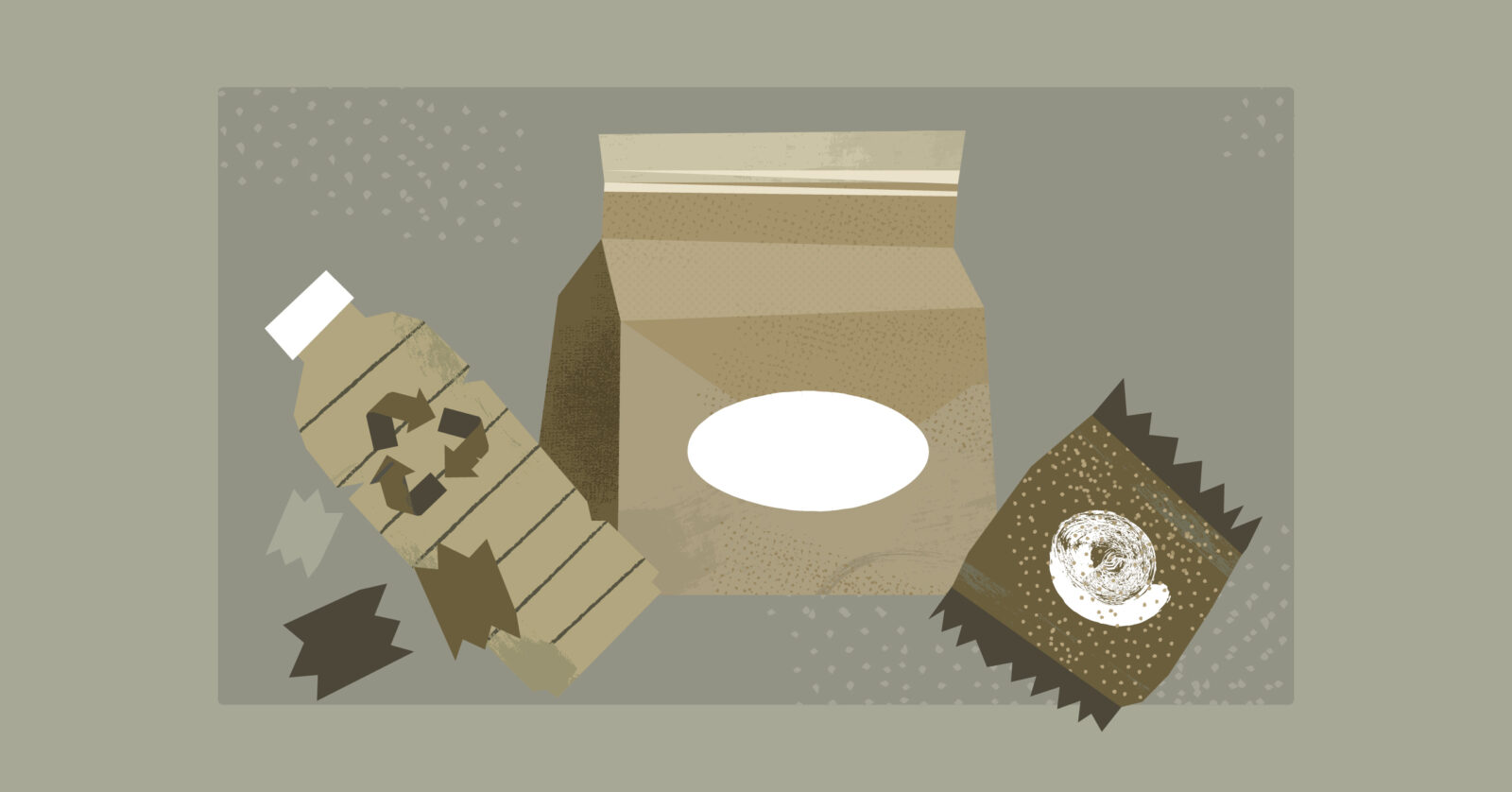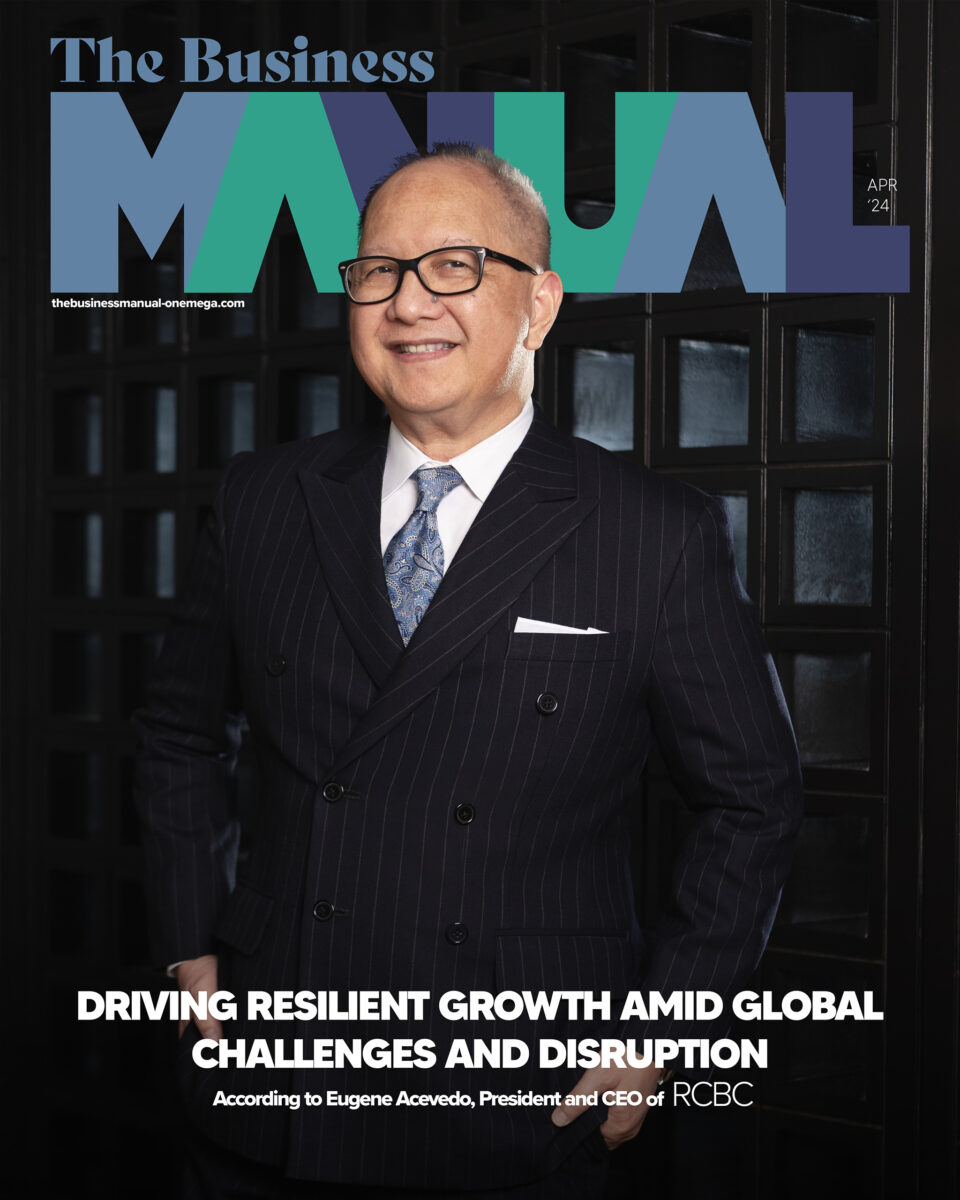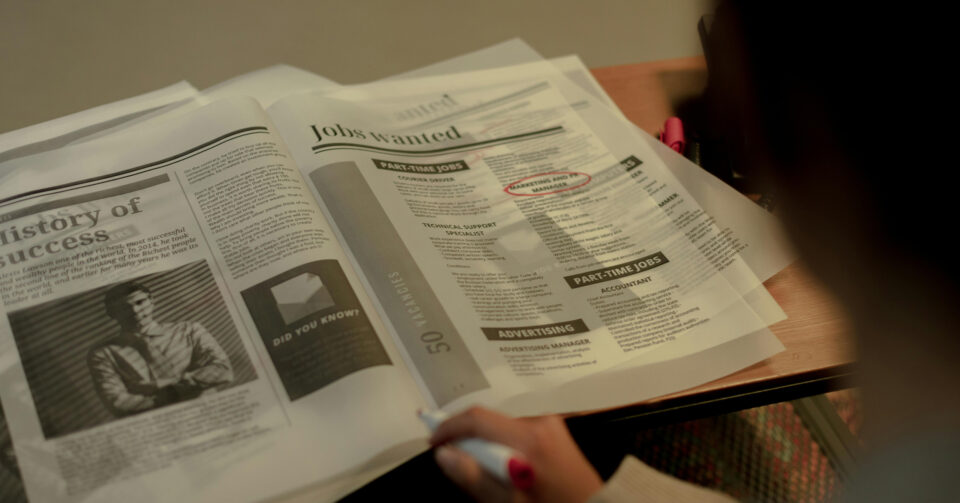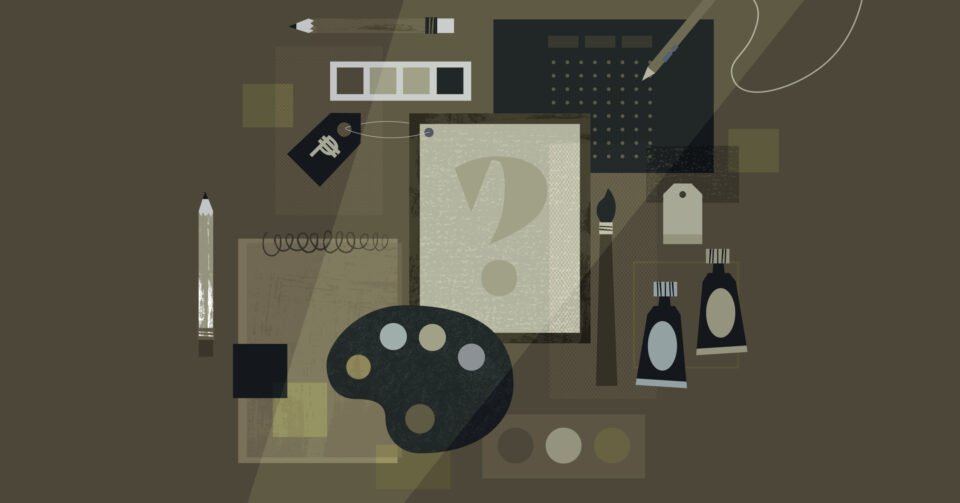Shifting to Sustainable Packaging: What’s Best for Your Product?

With trends showing a shift to eco-friendly options, how do you identify the best sustainable packaging that fits your business?
A growing trend among today’s consumers is a shift to a healthier, more sustainable lifestyle, including their shopping habits and their choice of products. In fact, according to Alibaba Group’s research, which is titled The Sustainability Trends Report 2023, respondents from emerging Asian markets (47%) are more inclined to choose sustainable packaging.
Given this data, it is no surprise that many businesses have made sustainability an integral part of their branding and practices. This includes opting for more sustainable and eco-friendly packaging.
However, going eco-friendly when it comes to packaging can be easier said than done. For starters, there are different kinds of materials available that are being used for sustainable packaging. How do you know which one is the best for your product?
Kinds of Sustainable Packaging Materials
Here are the different kinds of sustainable packaging materials and what differs one from the other.
Cellulose Packaging
First up is cellulose packaging, which is made up from natural resources such as wood, hemp, and even cotton.
According to Noissue, this type of packaging is ideal for food products. This is because this type of packaging has properties that make it resistant to moisture.
Compostable Packaging
Cellulose packaging can also fall under the second kind of packaging on this list, which is compostable packaging. When something is compostable, it has the ability to “naturally decompose back into the earth, ideally without leaving any toxic residue.” Compostable packaging usually breaks down in home compost within a period of 180 days.
Noissue notes that compostable packaging is usually made from plant-based materials. These include corn and bamboo. Packaging made from bio-poly mailers all fall under compostable packaging.
Cornstarch Packaging
Third on the list is cornstarch packaging. Made from common cornstarch, it is biodegradable and contains no harmful toxins that can be harmful to the environment.
Cornstarch can also be used to make what is known as biodegradable packing peanuts, according to Green Matters. Despite the name, this is actually a very eco-friendly alternative to bubble wrap as well as styrofoam.
Mushroom Packaging
Believe it or not, you can create packaging from edible food. This is exactly what you get with mushroom packaging. Green Business Bureau describes it as a material that is “created using a process that cleans and grounds agricultural waste, which is then fused together by a matrix of mushroom roots, otherwise known as mycelium.”
Given that it is made from mushrooms, it is non-toxic and can be composted at home. However, Green Business Bureau notes that this kind of packaging is only for small items.
Recycled Packaging
Last and certainly not the least is one of the most practical sustainable packaging options, recycled packaging.
From cardboard and paper to plastics and other non-biodegradable items, many materials can be used as recycled packaging. Opting for this kind of packaging helps reduce waste in landfills and allows businesses to reuse materials that would otherwise be discarded.
What to Keep in Mind When Selecting the Right Sustainable Packaging
As seen from the list above, there are a number of options you can choose from should you opt for sustainable packaging. However, there are things you have to keep in mind while selecting the best option for you.
First, you have to consider the material itself. If you have a food product, you may want to consider cellulose packaging. If you want to package up something small in size, you may also want to consider mushroom packaging.
Next, do your due diligence and research. Sustainable packaging materials are not as readily available in the market, so you must do your research and compare your options. It also does not hurt to talk to fellow entrepreneurs who have chosen to adopt sustainable practices and ask for their recommendations.
Lastly, do not forget to consider your budget. The money you are willing to allocate for your packaging will affect which material and which supplier you will source it from. It may also affect the price of the product and your margins, as well as the experience customers have with your brand.




